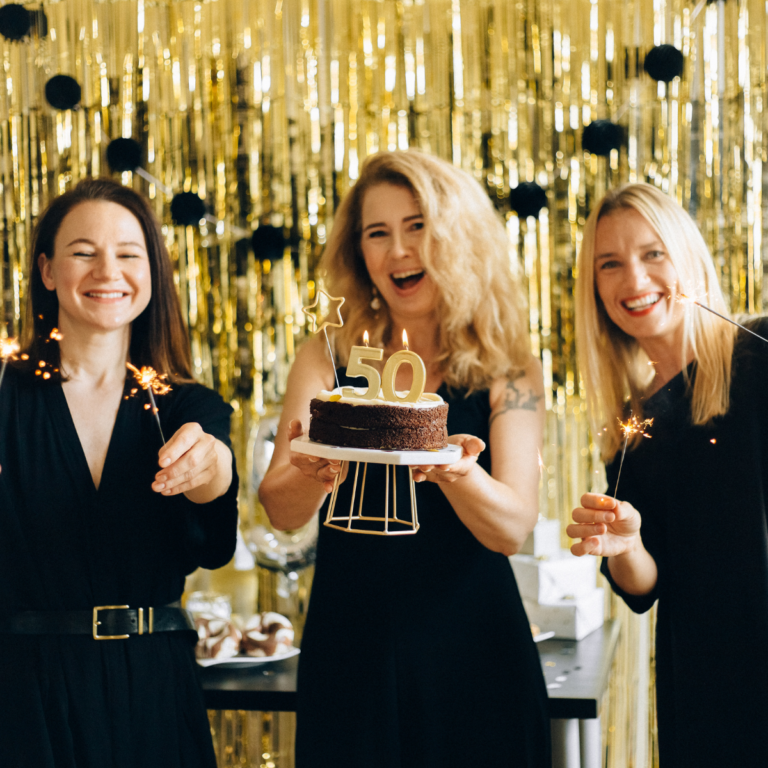The Price of Opportunity: Understanding Private School Fees
When Emma and her husband started looking at schools for their daughter, they had no idea that researching education could feel like house-hunting. School tours came with glossy brochures, persuasive principals, and impeccably manicured lawns. But just as a charming neighbourhood can come with a steep mortgage, many of these prestigious gates came with a daunting price tag—private school fees.

It’s not just parents in Emma’s shoes who find themselves asking: What exactly are we paying for, and is it worth it? The conversation around private school fees is more than just about money—it’s about values, priorities, and what we think education should be.
The Many Layers Behind the Price Tag
At first glance, private school fees seem straightforward: a set amount for tuition, multiplied by the number of years your child attends. But the reality is far more nuanced.
Tuition is just the beginning. While tuition covers teaching, classroom materials, and day-to-day school operations, there’s often a list of “extras” lurking in the fine print: uniforms, technology levies, extracurricular activities, excursions, and sometimes even building levies for ongoing campus improvements.
Facilities and Opportunities
Many private schools boast facilities that rival small universities: Olympic-sized swimming pools, professional-grade theatres, robotics labs, equestrian centres. These aren’t just for show—they’re part of the “value” parents are buying into. They can expand a child’s horizons beyond the core curriculum, but they also require significant upkeep and specialist staff, which adds to fees.
Specialised Staff and Small Classes
Private schools often promise lower student-to-teacher ratios, specialist educators, and a wider range of subject choices. While these benefits can be genuine game-changers for a child’s education, they also cost more to provide.
How Much Are We Talking?
Private school fees vary wildly depending on the country, the city, and the school’s reputation.
- In Australia, annual tuition for a top-tier private school can easily exceed AUD $30,000 for senior years.
- In the UK, prestigious boarding schools like Eton or Harrow can cost upwards of £40,000 a year.
- In the US, elite private day schools in New York or California often hover around USD $50,000 annually.
And that’s before factoring in optional (but heavily encouraged) extras like overseas study tours or competitive sports programs. Interestingly, some private schools keep fees relatively low, especially religiously affiliated institutions, but even then, costs often exceed what many families expect.
The Value Question: Is It Worth It?
This is where things get personal. For some families, private school fees are seen as a worthwhile investment—much like funding a child’s university education early. For others, it’s hard to justify the expense, especially if nearby public schools perform well academically.
Supporters argue that private schools can:
- Offer more individualised attention.
- Provide broader extracurricular options.
- Create networking opportunities that can open doors in later life.
Critics counter that:
- Public schools can offer comparable academic quality without the debt.
- The pressure and exclusivity of private schooling can create social divides.
- Money spent on fees might yield better long-term returns if invested elsewhere for a child’s future.
Hidden Costs—Beyond the Cheque
One overlooked aspect is the social cost of enrolling in an expensive private school. Children might face pressure to “keep up” socially, whether it’s having the latest gadgets or attending costly activities with peers. For parents, school communities can sometimes carry unspoken expectations of fundraising participation or lifestyle conformity.
Emma recalls attending her daughter’s first school event:
“I’d just come from work in my usual outfit, but some mums looked like they’d stepped off a fashion magazine shoot. It’s silly, but I immediately wondered if we’d fit in.”
That subtle social signalling can affect how comfortable both parents and children feel in the school environment—and it’s a factor that rarely appears in glossy brochures.
The Rise of Creative Payment Solutions
With fees climbing faster than inflation in many places, families are getting creative:
- Education savings plans: Some start setting aside funds years before their child begins school, much like saving for university.
- Scholarships and bursaries: Many private schools offer need-based or merit-based assistance, though competition can be fierce.
- Part-time boarding: In some countries, families opt for fewer years of private schooling—perhaps just the final two years—to gain benefits without paying for an entire K–12 private education.
- Some parents even adopt a “hybrid” model: public schooling in primary years, then moving to private for secondary, when subject specialisation and university preparation become more critical.
A Matter of Priorities
Choosing whether to pay private school fees is often less about whether it’s objectively “worth it” and more about how it aligns with a family’s values and financial reality.
For some, it’s about giving their child the best possible access to resources and opportunities—an educational environment tailored to specific strengths and interests. For others, it’s about financial balance: ensuring education is strong but not at the expense of family stability, travel, or other life experiences.
It’s worth remembering that a school—private or public—isn’t the only factor shaping a child’s future. Supportive home environments, engaged parenting, and fostering curiosity can be equally powerful drivers of success.
The Bottom Line
Emma and her husband eventually chose a mid-range private school with a solid academic reputation, strong arts programs, and—crucially—a culture they felt comfortable with. The fees were still a stretch, but they weighed the trade-offs and decided it aligned with their priorities.
The truth is, private school fees are as much an emotional investment as a financial one. They’re a bet on a particular kind of environment shaping a child’s formative years. But like any big decision, it’s worth looking past the marketing and asking the hard questions:
- What are we really paying for?
- Are these opportunities ones our child will use and value?
- Could similar outcomes be achieved through other means?
Education is one of the most significant gifts a parent can give. Whether that gift comes wrapped in the form of a high-fee private school or a well-resourced public institution, its true worth lies not in the cost—but in the lifelong curiosity, confidence, and opportunities it nurtures.






